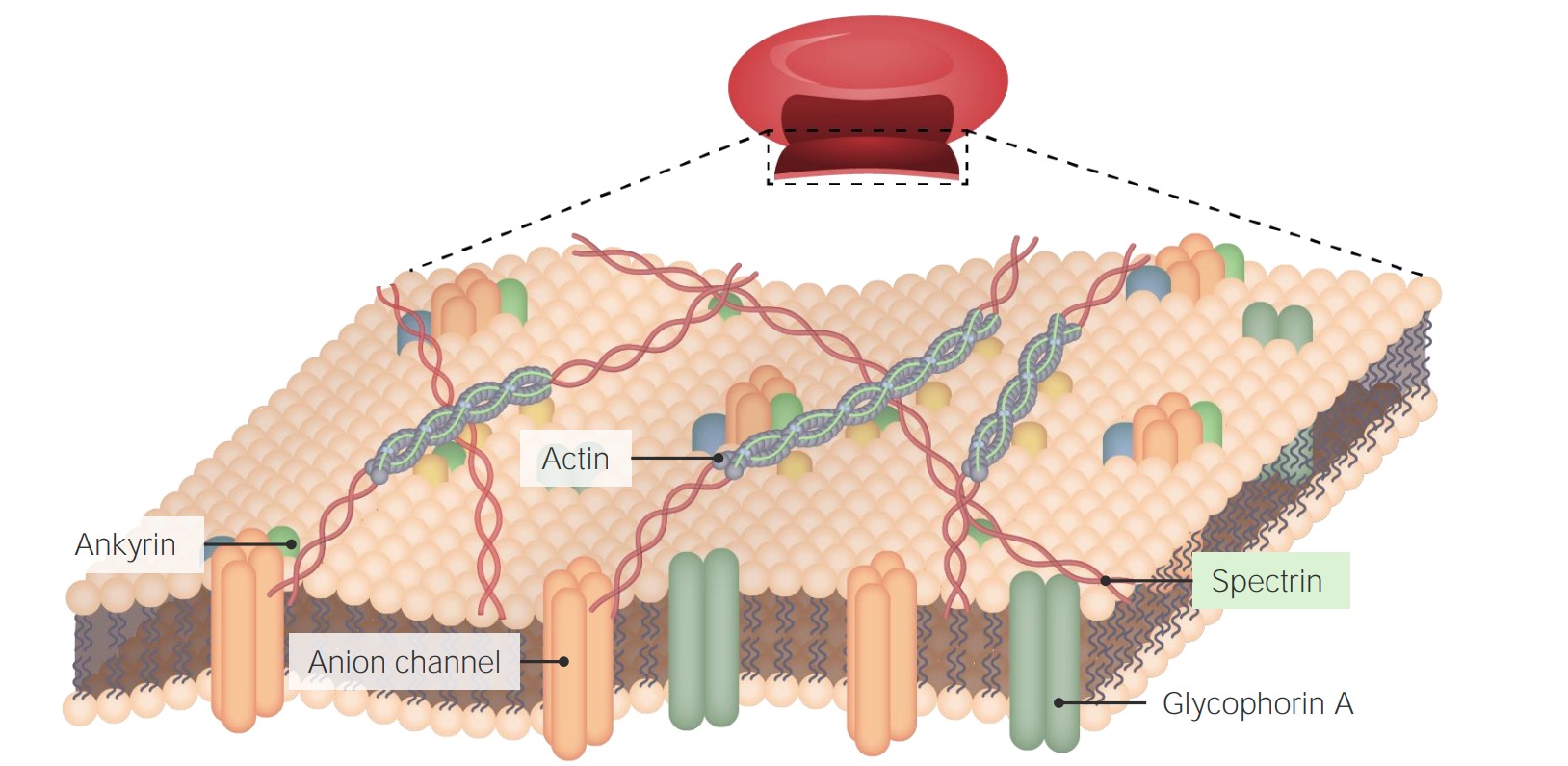Playlist
Show Playlist
Hide Playlist
Movement of Ions and Small Molecules Across Membranes
-
Slides Cellular Pathology - Movement across Membranes.pdf
-
Reference List Pathology.pdf
-
Download Lecture Overview
00:01 Hello, and welcome. 00:02 We're gonna continue our travel through the intracellular world, trying to understand pathology from a very basic cellular basis. 00:11 We've already talked about how membranes interface with the outside world. 00:15 Today, we're gonna talk about how we move across those membranes. 00:19 Because clearly, that's gonna be important for bringing in nutrition and getting rid of wastes. 00:24 Here are the basic eight housekeeping functions that every cell needs to have in order to be an alive cell. 00:32 We've already talked about the interface. That was number one. 00:36 Number two today is how we're gonna move across the membrane, so let's get right into it. 00:40 So, a lipid bilayer is a great barrier. 00:46 Those hydrophobic tails on the phospholipid groups are really terrific at keeping out big charge things, big molecules in general, and everything except maybe water and oxygen has a very difficult time transiting through that lipid bilayer. 01:04 But that means important things like glucose and sodium can't get across unless we provide an actual mechanism to transport it. 01:13 And that's where channels and carriers come in. 01:18 So, a protein channel is basically a pore. 01:20 It's an open collection of proteins forming the central core through which selective ions can go across or selective sugar molecules or selective other small molecules, such as amino acids. 01:35 And those can get across and it can be very selective. 01:38 It's just not an open hole, it can be very exquisitely selective between glucose and galactose, for example. 01:46 But a protein channel basically only opens that hole, allowing things to move down their concentration gradient. 01:53 So, if we have a very high concentration of glucose outside, it will go into the cell where there's a lower concentration. 02:00 That works great if we have the appropriate concentration gradients. 02:05 Every now and then, actually quite frequently, we wanna pump things against a gradient. 02:11 So, for example, if we want to acidify a lysosome or we want to move potassium against the concentration gradient, we need to actually pump, provide energy, to get it from one side against the concentration gradient, into the other side. 02:27 And that's where carrier proteins come in. 02:30 So, we look at the protein channel, that's fine. 02:33 That's easy, simply concept. 02:35 Carrier proteins undergo confirmational changes under the influence of ATP, energy, to move things, translocate them across the membrane. 02:45 So, we'll show this carrier protein. 02:48 We wanna move one of the pink jellybeans across. 02:52 So, it will bind, and then we will apply energy, and it will be spit out into the cytoplasmic phase. That's how carriers work. 03:04 And these channels and carriers will be exquisitely specific, as I said. 03:08 You can select for one sugar and not another. 03:11 You can select for one ion and not another. 03:14 You can select for divalent cations versus monovalent cations. 03:18 You can select for certain amino acids. 03:21 So, you can be very exquisitely specific with both channels and carriers. 03:26 Okay, that's one way we can get things across.
About the Lecture
The lecture Movement of Ions and Small Molecules Across Membranes by Richard Mitchell, MD, PhD is from the course Cellular Housekeeping Functions.
Included Quiz Questions
The membrane carriers transfer molecules across the cell membrane...?
- ...against their concentration gradient.
- ...according to their concentration gradient.
- ...passively without consuming ATP.
- ...actively by consuming GTP.
Which of the following best describes membrane channels?
- They are selective and only allow certain molecules to pass through them.
- They require energy to transport molecules across the cell membrane.
- They are responsible for transporting lipophilic molecules across the cell membrane.
- They belong to the peripheral membrane proteins family.
- They are responsible for maintaining the electrochemical gradient across the cell membrane.
Customer reviews
5,0 of 5 stars
| 5 Stars |
|
5 |
| 4 Stars |
|
0 |
| 3 Stars |
|
0 |
| 2 Stars |
|
0 |
| 1 Star |
|
0 |




